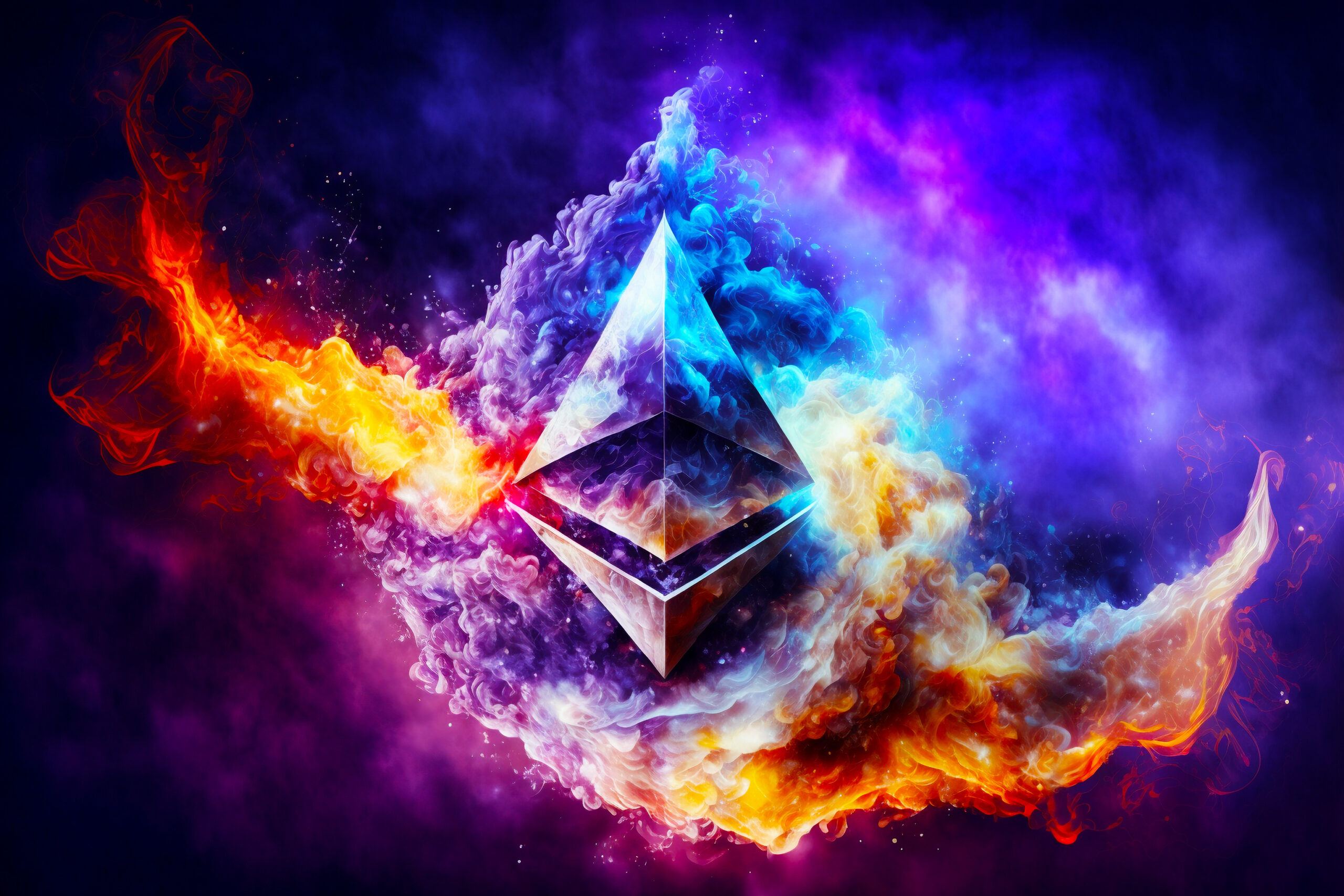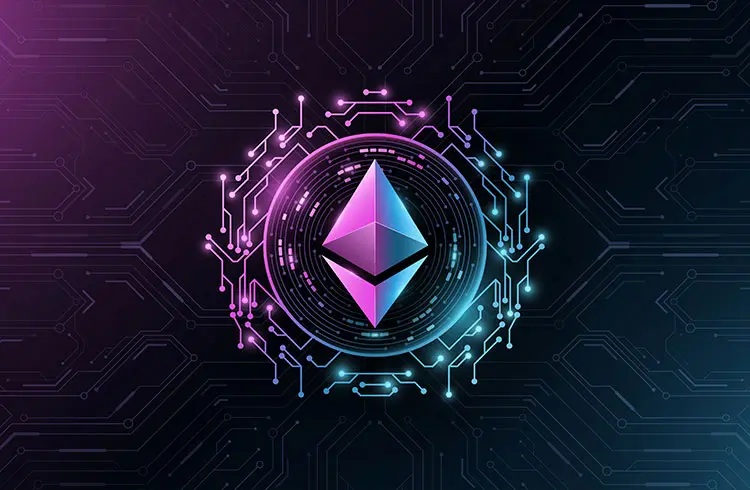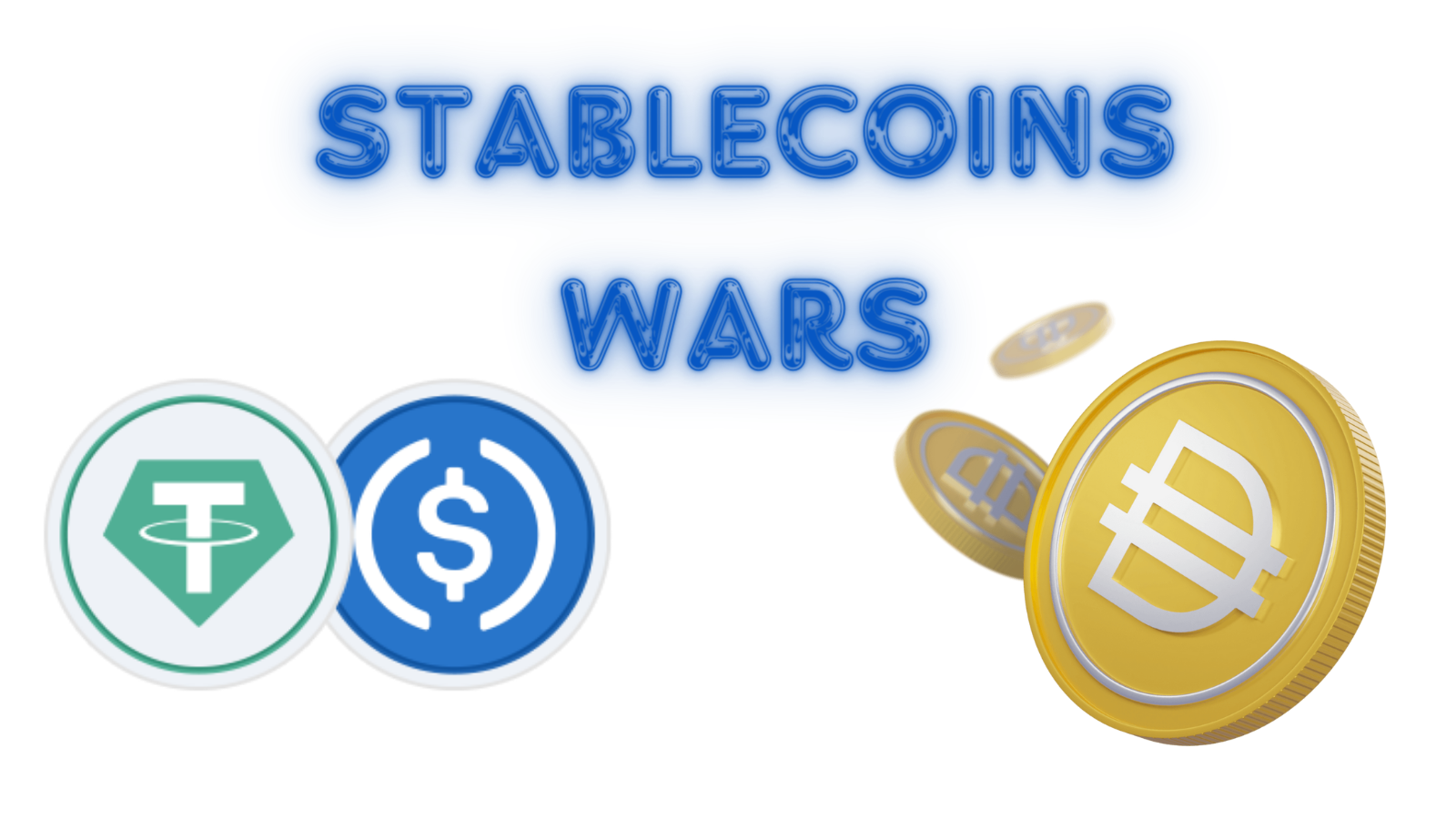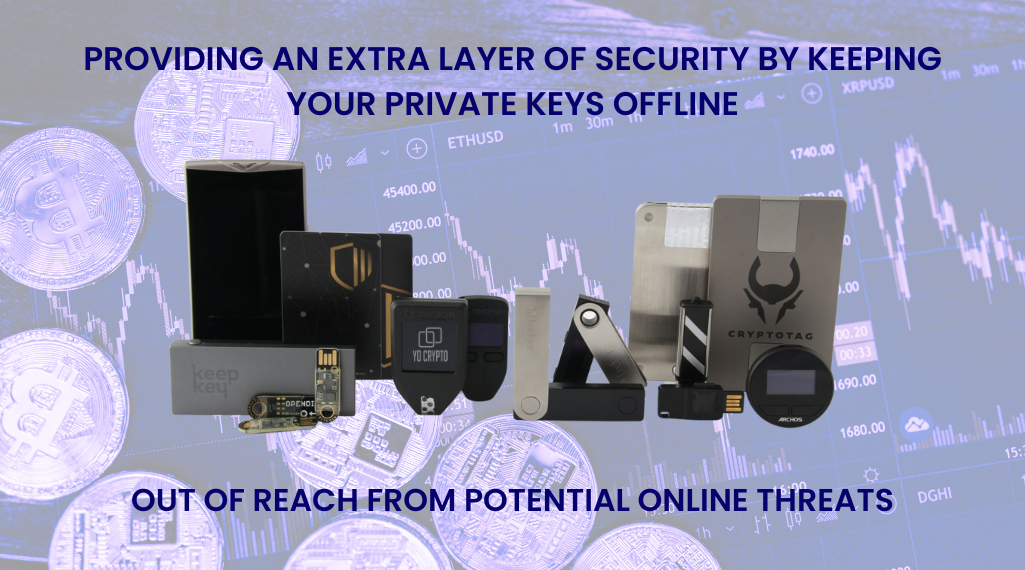Introduction to ETHEREUM (ETH)
To put it simply, Ethereum is a global computer: secure, always on, and anyone can use and program it however they want. It is also important to point out that everything that is done with this computer is public. Ethereum uses a unit of account called Ether as a means of payment for these contracts. Its corresponding acronym, used by exchange platforms, is “ETH”.
It’s the second largest decentralized cryptocurrency with a capitalization of over 202 billion euros in May 2023.
« At this point, gold has less adoption than crypto, so crypto is the better bet. »
Vitalik Buterin

Story of Ethereum
Ethereum was created by Vitalik Buterin, a young Russian-Canadian who wanted to generalize the programmable aspect of Bitcoin. Indeed, although Bitcoin allows to realize a lot of more or less complex operations (multisignature, payment channels, atomic exchanges, tokens, etc.), it is nevertheless too limited in terms of flexibility and scalability.
Ethereum represents an evolution of Bitcoin that is supposed to improve its contractual functions, sometimes at the expense of its decentralization and short-term stability.
The basic idea for Ethereum was dreamed up by Vitalik Buterin in late 2013, and a first version of the white paper was distributed during December to a number of major players in the cryptocurrency ecosystem.
The project was officially co-founded in January 2014 by 8 people :
Vitalik Buterin, Anthony Di Iorio, Charles Hoskinson, Mihai Alisie, Amir Chetrit, Joseph Lubin, Gavin Hood and Jeffrey Wilcke.
In July 2014, Ethereum’s Initial Coin Offering took place, which was conducted on the Bitcoin blockchain. As a result, over 60 million ethers were pre-sold, raising 31,529 bitcoins, or over $15 million at the time of the ICO. 12 million ethers were also created to fund the project’s pre and post development.
After more than a year of development, the launch took place on July 30, 2015 !
Ethereum’s role
The main role of the Ethereum platform is to execute what are called smart contracts, also known as “intelligent” contracts or autonomous contracts.
A smart contract is simply a computer program whose execution does not require the intervention of a trusted third party. In the context of the blockchain, it is a program that can perform operations when certain conditions are met on the registry.
Although this type of contract can be implemented in a rudimentary way on Bitcoin, Ethereum is the first platform focused on this use. The platform brings together a multitude of autonomous contracts, which are executed on the blockchain and are the basis of many decentralized applications (DApps).
The main novelty brought by Ethereum is the fact that its virtual machine is almost Turing-complete: it allows autonomous contracts to loop and allows recursion (a contract can call itself). On the one hand, this makes things much better than the scripting system used in Bitcoin, which does not have the same capabilities.
On the other hand, it makes Ethereum’s operation more complex: indeed, to avoid that smart contracts run endlessly, a gas system must be put in place.


What is the difference between Ethereum, Ether and ETH?
Ethereum is the name of the network. “Ether” is the native cryptocurrency token used by the Ethereum network. But in common parlance, most industry players refer to ETH (or Ethereum, or even ethereum). As a medium for sending, receiving or storing value, ETH functions much like bitcoin.
But it also holds a special role on the Ethereum network. Since ETHs are used to pay for the execution of smart contracts, they are the fuel of this machine, which is why the inherent fees are called “gas”.
If Bitcoin is considered “digital gold”, ETH can be considered “digital oil” !
Benefits of Ethereum
Platform for decentralized applications and smart contracts: Ethereum’s main innovation over Bitcoin is its ability to host decentralized applications and smart contracts. This feature enables the creation of decentralized, self-sustaining systems for many use cases.
Growing Adoption and Ecosystem: Ethereum is enjoying growing adoption and support from developers and businesses. Many innovative applications and projects are being built on the Ethereum platform, strengthening its ecosystem and value.
Interoperability and compatibility with other technologies: Ethereum is designed to be compatible and interoperable with other blockchains and emerging technologies. This feature contributes to the long-term growth and sustainability of the platform.
Active and engaged developer community: Ethereum benefits from a passionate and knowledgeable developer community that is constantly working to improve and grow the platform.
Conclusion
In conclusion, Ethereum is an innovative and growing blockchain platform that offers expanded functionality over Bitcoin, including support for decentralized applications and smart contracts. Although it presents some technical and environmental challenges, Ethereum enjoys growing adoption and an active and engaged developer community.
With the development of proof-of-stake and other upcoming solutions, Ethereum should be better equipped to address long-term challenges and continue to innovate in the field of blockchain and decentralized applications.
It’s important to keep up with this exciting technology and regularly learn about advances and emerging trends in this ever-evolving field !
Beware of Exchanges: Not Your Keys – Not Your Coins.
News
Stay informed about Bitcoin and Ethereum and use your profits to buy our best products !
Commentaires
Sign up for our newsletter
to receive the latest information on our products, exclusive offers, and much more.






Leave a comment